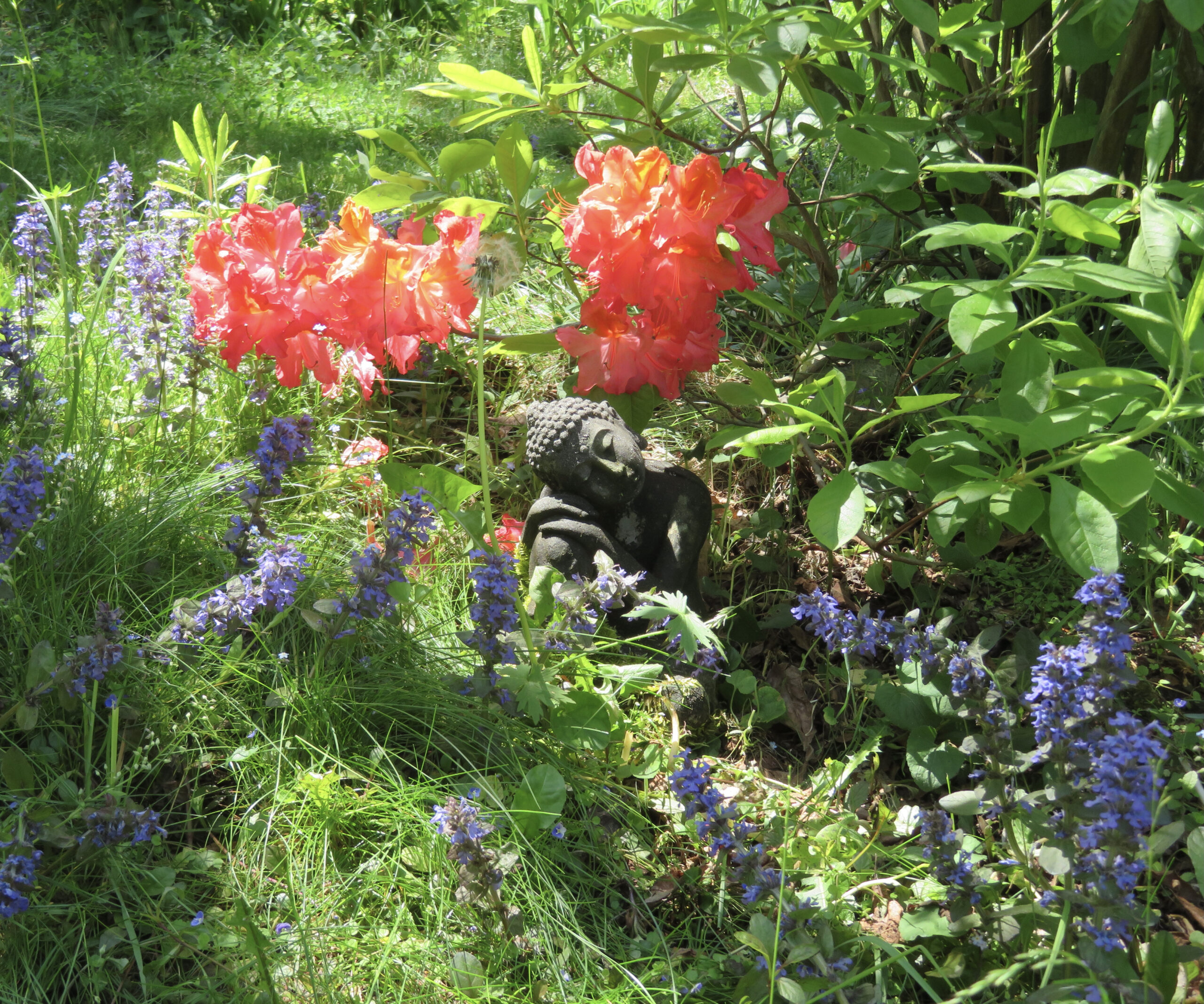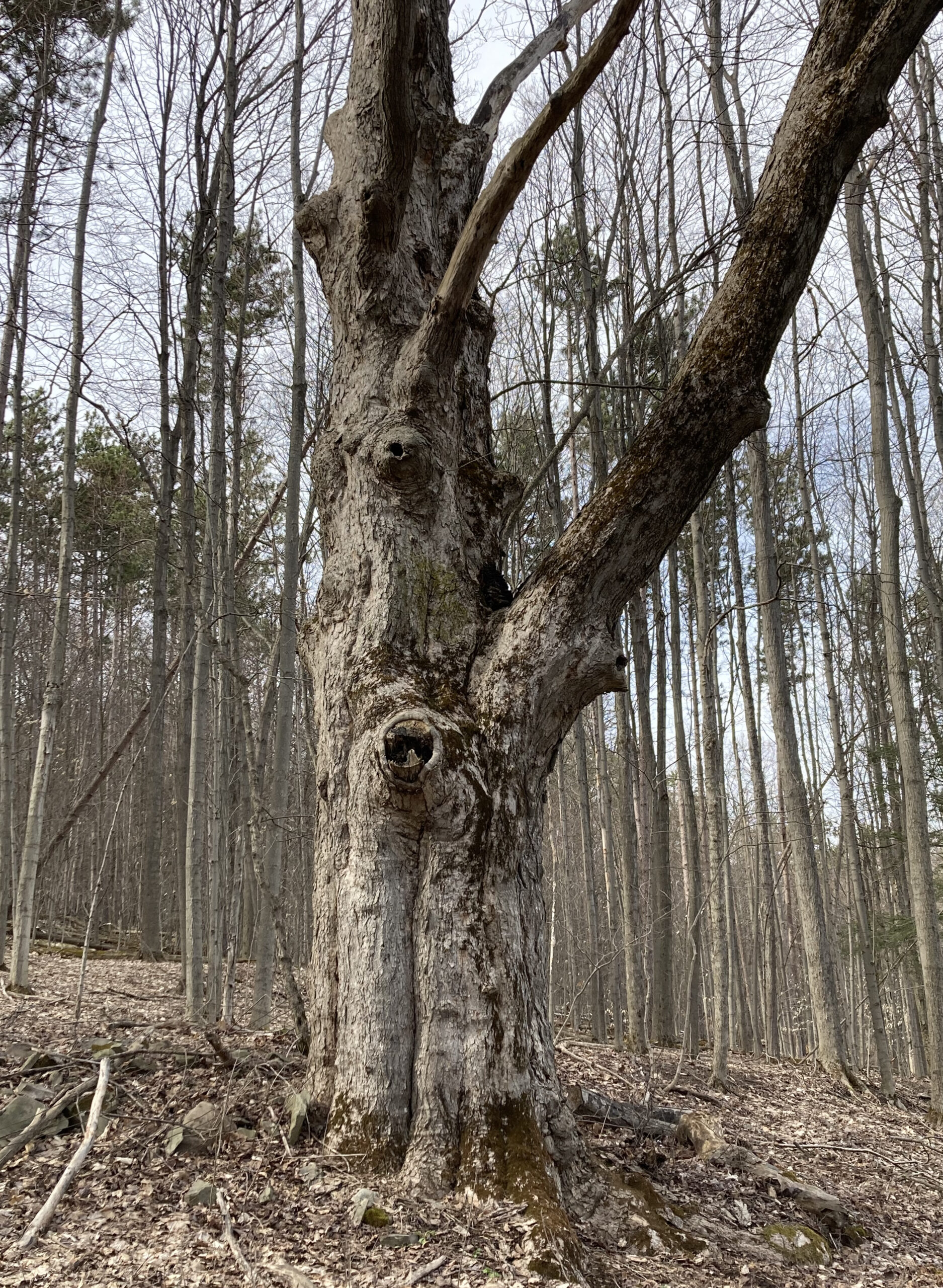Two nights ago, just as I was about to fall asleep, I woke up. Did that ever happen to you? A flood of thoughts or insights filled my mind.
I had to get up early the next day to get to a class I had originally been looking forward to. But disrupting my normal schedule disrupted my ability to sleep restfully. Add to that concerns about whether people would wear masks, which would be provided but not required for attendees, and the event that should be fun was turned into a source of anxiety.
I was turning commitment into obligation and putting obligation before joy, thusly, crazily, resisting my attachment to the teacher and to my own desire to develop the skills and knowledge taught in the class.
Then I stopped myself: This was something I had spent many years studying. I was the one who decided to attend the class. No one forced me to do it.
And the image of how we can resist the bonds we ourselves create became very clear to me. Of course, we can resist anything that we feel compelled to do. But we easily forget the chain of events and decisions that lead us to forge our chains and compulsions.
And as the resistance and discomfort became clear to me, so too did the way to get free of it. I saw how to shift attention from the discomfort of having to wake up early to the opportunity I was giving myself to learn and be present. I shifted to a sense of gratitude, for the teacher, for all I had gained over the years from the course of study. It is not the arising thought by itself that determines the quality of mind and heart but how we respond to it.
The next day, one of my former high school students was also in the class. Since his graduation, we had stayed close, in contact. After class, he asked to speak with me for a few minutes. He told me he had been feeling bad lately. Everything that could be fun was becoming an opportunity to attack himself. This felt so familiar to me, like a synchronous evocation of what I had gone through the previous night.
When I could honestly face my internal struggle, I was better able to help someone else face theirs. And his honest question gave me the opportunity to question myself more deeply.
I realized what my former student was going through was something we all can go through, especially as we get older and wonder who we are and where our lives are going. We begin to realize our expectations and understanding of ourselves has not been accurate. We usually take our thoughts as literally true as we search for a clear definition of who we are. But who we are is never clearly definable; if we’re breathing, alive, we’re never completed and always changing. That is why in Buddhism, for example, the whole idea of what we mean by a self is questioned. Psychiatrist and Buddhist teacher Mark Epstein wrote a book with a title that succinctly states this teaching, how we have Thoughts Without a Thinker….
**To read the whole piece, please go to the Good Men Project.





